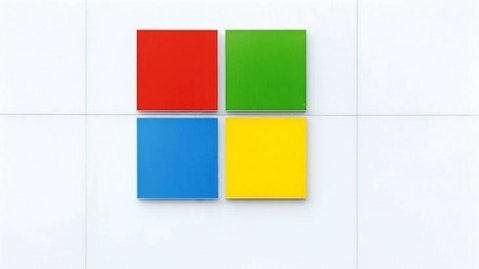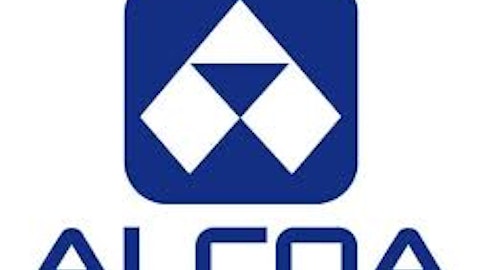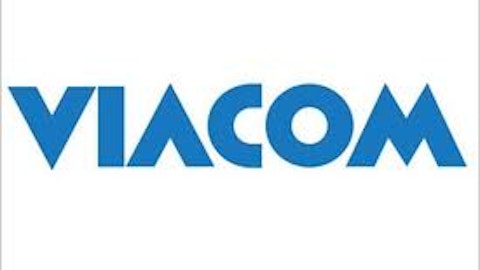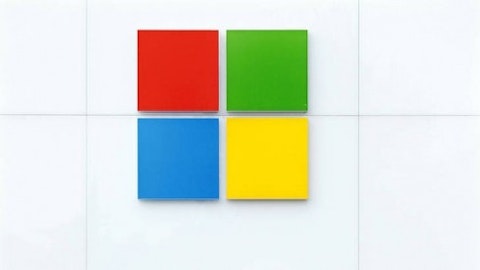Excitement, Engagement, and the ability to Innovate: these three things often determine the success of a company. Most people would be able to find at least one these areas in which their favorite stock succeeds. Some can’t. The reality is, tech companies need these three things to work. Microsoft Corporation (NASDAQ:MSFT) and Hewlett-Packard Company (NYSE:HPQ) are prime examples of companies that either lack or have these three things working for them. Not surprisingly, they have partners that face the same issues.
Windows
Windows is becoming more and more of an afterthought than Microsoft Corporation (NASDAQ:MSFT) had hoped. Yes, Windows 8 may be faster, but for practical purposes, a duel interface actually makes it slower. Maybe you can help me figure out what it offered the desktop that was innovative, engaging, or even more exciting. Developers don’t like it and Gabe Newell, co-founder and managing director of Valve, even went as far as to say it is “a catastrophe for everyone in the PC space.” I know, there is much more to a successful device than what developers think, but what this really comes down to is what other companies are offering.
In my opinion, Microsoft Corporation (NASDAQ:MSFT) hasn’t done enough to separate itself from companies like Hewlett-Packard Company (NYSE:HPQ) to turn its efforts into long-term success. Hewlett-Packard is moving into sectors that are more exciting, engaging, and innovative than a lot of its competitors.
Moving Forward
Hewlett-Packard Company (NYSE:HPQ) (HP) has managed to think out-of-the box in more than one way. For instance, its recent partnership with Leap Motion allows its users to experience things in a new way. This technology allows users to control their computers with their hands, without touching it, and is accurate to within a hundredth of a millimeter. The question still remains as to if/when HP will build this system into their actual devices.
However, Hewlett-Packard Company (NYSE:HPQ) is also bringing Google Inc (NASDAQ:GOOG) into the picture in a way you might not expect. They unveiled a 21.5-inch all-in-one desktop that will include the Android OS (typically used in smart phones). The Hewlett-Packard Company (NYSE:HPQ) Slate 21 was shown off at a Beijing event on Monday. Some of the features of this device will include a high-definition IPS touch screen, Tegra 4 quad-core processor from NVIDIA Corporation (NASDAQ:NVDA), and will launch in September for only $399. This device will also include KingSoft’s office software, and 8GB of storage, aside from SD card slot.
Google and Nvidia
Are they exciting, engaging and innovative? One might be more obvious to answer than the other, but in their own way, they meet at least a couple of the criteria. Google Inc (NASDAQ:GOOG) has probably mastered the art of engaging with its customers better than most; after all, the term “Google” didn’t come to be because users were always on Yahoo! Inc. (NASDAQ:YHOO). The company is also known to have on of the best work environments in America – due in large part to its excitement.
Nvidia owns arguably the worlds fastest super computer. Again, this didn’t just happen–it took innovation to outperform the other tech giants. Just the fact they a company is innovative often covers the excitement factor.
Valuation and growth
Microsoft Corporation (NASDAQ:MSFT), Hewlett-Packard Company (NYSE:HPQ), and NVIDIA Corporation (NASDAQ:NVDA) have dividend yields of 2.7%, 2.2%, and 1.6%, respectively. Despite having the largest market cap, Google Inc (NASDAQ:GOOG) is the only company not issuing dividends to its shareholders. Microsoft Corporation (NASDAQ:MSFT)’s earnings yield is 5.7%, compared to HP, Google, and Nvidia’s earnings yield of -29%, 3.9%, and 6.6%, respectively. HP has shown negative earnings per share so far this year, as well as in 2012.
One last metric might show a different result for these companies. HP shows the highest FCF yield at 21.8% of any of these companies. Microsoft Corporation (NASDAQ:MSFT) and NVIDIA Corporation (NASDAQ:NVDA) are next with 9.7% and 9.6%, respectively. Google shows a FCF yield of just 4.4%, though it is the most popular and most widely-used company of the bunch.
Google clearly has the most expensive stock out of these three, bringing up the bottom end on two of these three metrics used. However, good investors know this isn’t the whole story. We all know that these stocks must also perform well in order to please shareholders. The graph below shows how these companies have performed in the past year.
In general, I would suggest Google as being the most solid company, although it is clearly the most expensive. Microsoft is clearly one of the largest companies, although its earnings are obviously in the negative. HP and Nvidia offer more risk, but seem to be rising in the industry. It’s hard to give a ranking on which company is a buy, sell, or hold, looking at these. They are so widespread in every area, it is largely up to what the investor is looking for.
The Foolish bottom line
The one thing we can clearly see about these companies is this: Microsoft Corporation (NASDAQ:MSFT) is not exciting, engaging, or innovative in comparison to Hewlett-Packard Company (NYSE:HPQ). It is clearly larger and more established, but Nvidia and HP are on the rise. Google is just a monster who refuses to be tamed. Nvidia is certainly not going anywhere either.
The article EEI: Why Your Investment May be a Dud originally appeared on Fool.com and is written by Tyler Wofford.
Tyler Wofford has no position in any stocks mentioned. The Motley Fool owns shares of Microsoft. Tyler is a member of The Motley Fool Blog Network — entries represent the personal opinion of the blogger and are not formally edited.
Copyright © 1995 – 2013 The Motley Fool, LLC. All rights reserved. The Motley Fool has a disclosure policy.







